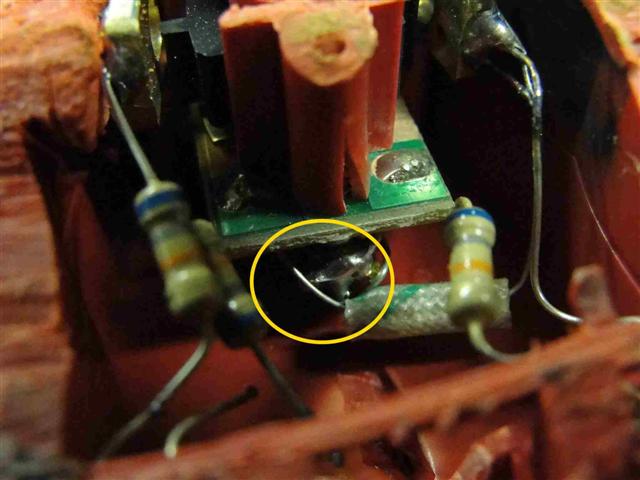zbang
Senior Member
- Location
- Roughly 5346 miles from Earls Court
Reuben-
The common NE2 neon lamp has a design current of between 0.3 and 0.7ma, since the lamp has a negative resistance coefficient (resistance goes down when current goes up) this is usually regulated by a resistor (maybe 80-150k). If either the resistor's value changes downward or it shorts, you loose that regulation and current can shoot up to over 5ma. That's a dangerous level for a human. If the neon lamp shorts, you're at the mercy of the single resistor. If both short, you're just grabbing the hot lead. There is no other protection. When you're gripping the device as shown, your fingers can readily lock onto it.
Considering this a safe device is akin to testing voltage with a dry finger- you can do it; many have and survived; but as they say, failure only needs to happen once.
I think what's bothered people most is hacking up a fairly safe device to fill a need that is already filled by a quality commercial device. Now, I know, hot sticks cost more than outlet testers, but really, is your life worth more than $20? I'd think it is, so why get the right tool for the job? (Or, another way, would you put your extension ladder up on milk crates to make it reach a roof? Might work most of the time, but when it doesn't, it's a big problem. Use a taller ladder and it's not a problem.)
The common NE2 neon lamp has a design current of between 0.3 and 0.7ma, since the lamp has a negative resistance coefficient (resistance goes down when current goes up) this is usually regulated by a resistor (maybe 80-150k). If either the resistor's value changes downward or it shorts, you loose that regulation and current can shoot up to over 5ma. That's a dangerous level for a human. If the neon lamp shorts, you're at the mercy of the single resistor. If both short, you're just grabbing the hot lead. There is no other protection. When you're gripping the device as shown, your fingers can readily lock onto it.
Considering this a safe device is akin to testing voltage with a dry finger- you can do it; many have and survived; but as they say, failure only needs to happen once.
I think what's bothered people most is hacking up a fairly safe device to fill a need that is already filled by a quality commercial device. Now, I know, hot sticks cost more than outlet testers, but really, is your life worth more than $20? I'd think it is, so why get the right tool for the job? (Or, another way, would you put your extension ladder up on milk crates to make it reach a roof? Might work most of the time, but when it doesn't, it's a big problem. Use a taller ladder and it's not a problem.)


